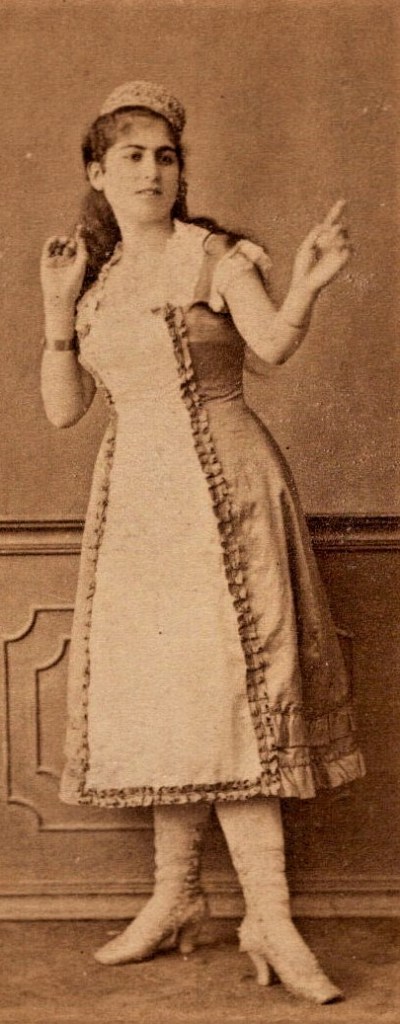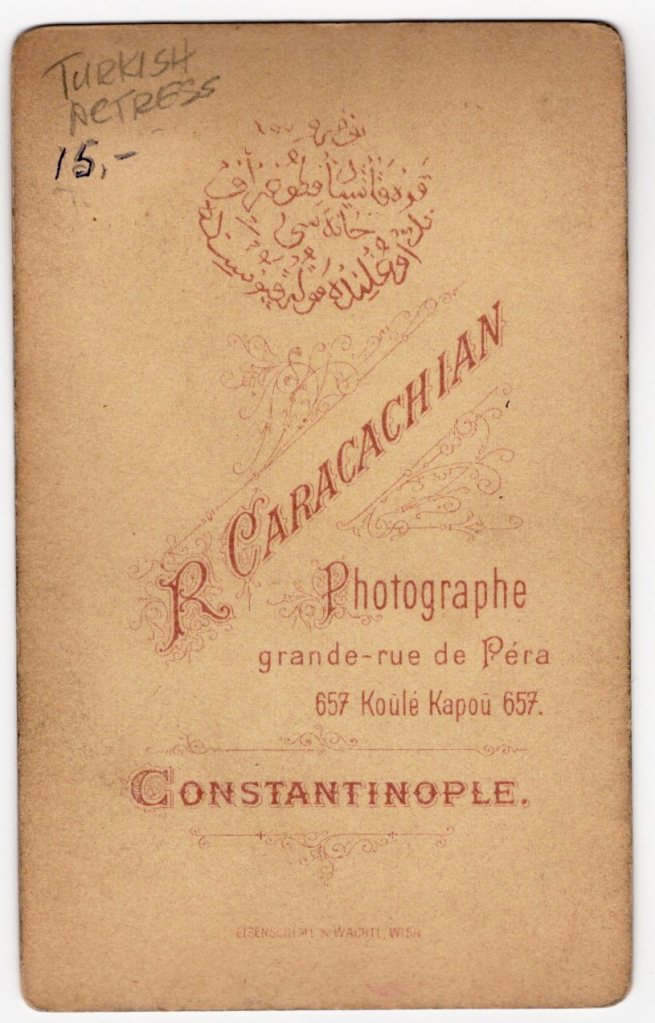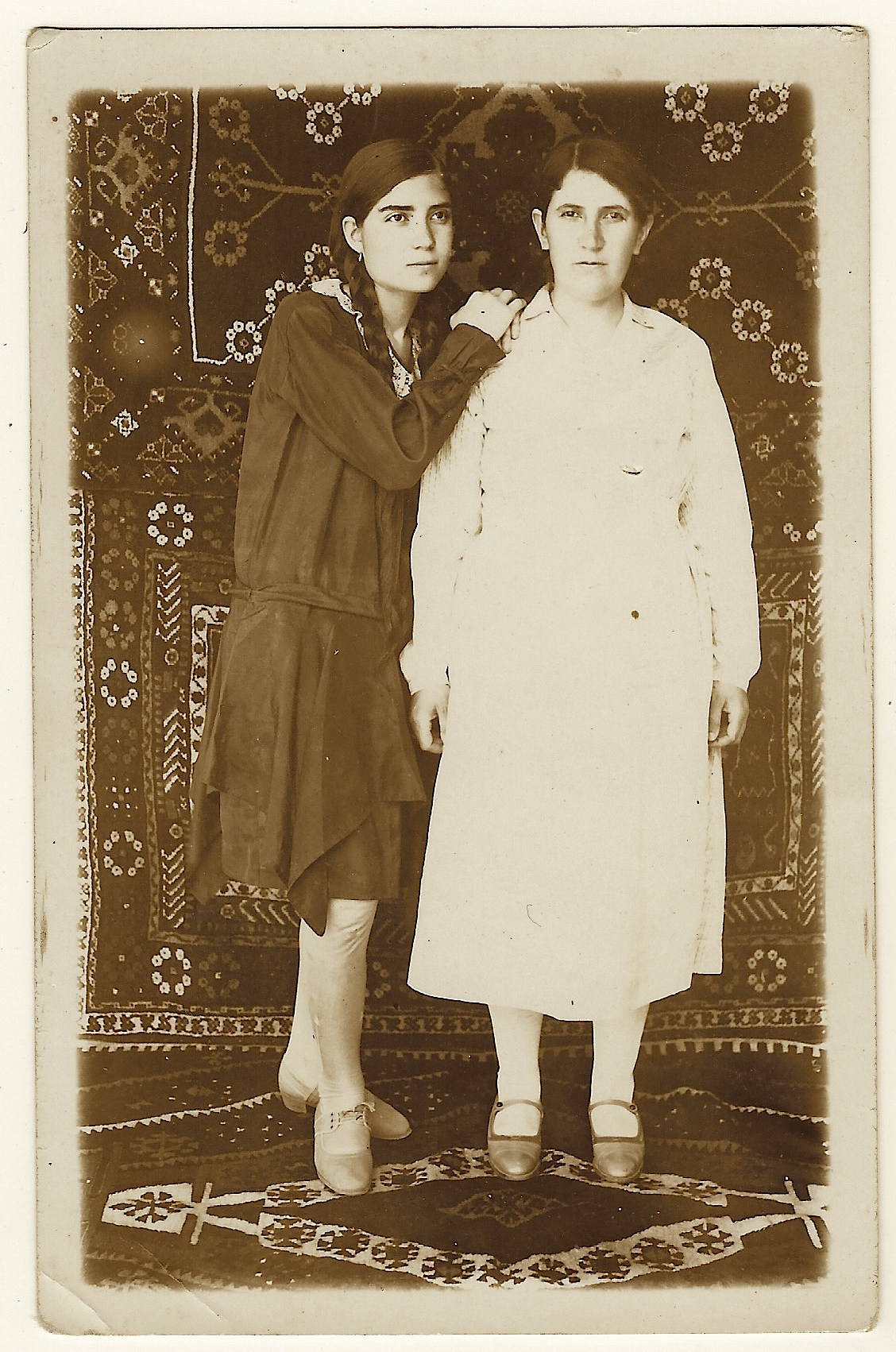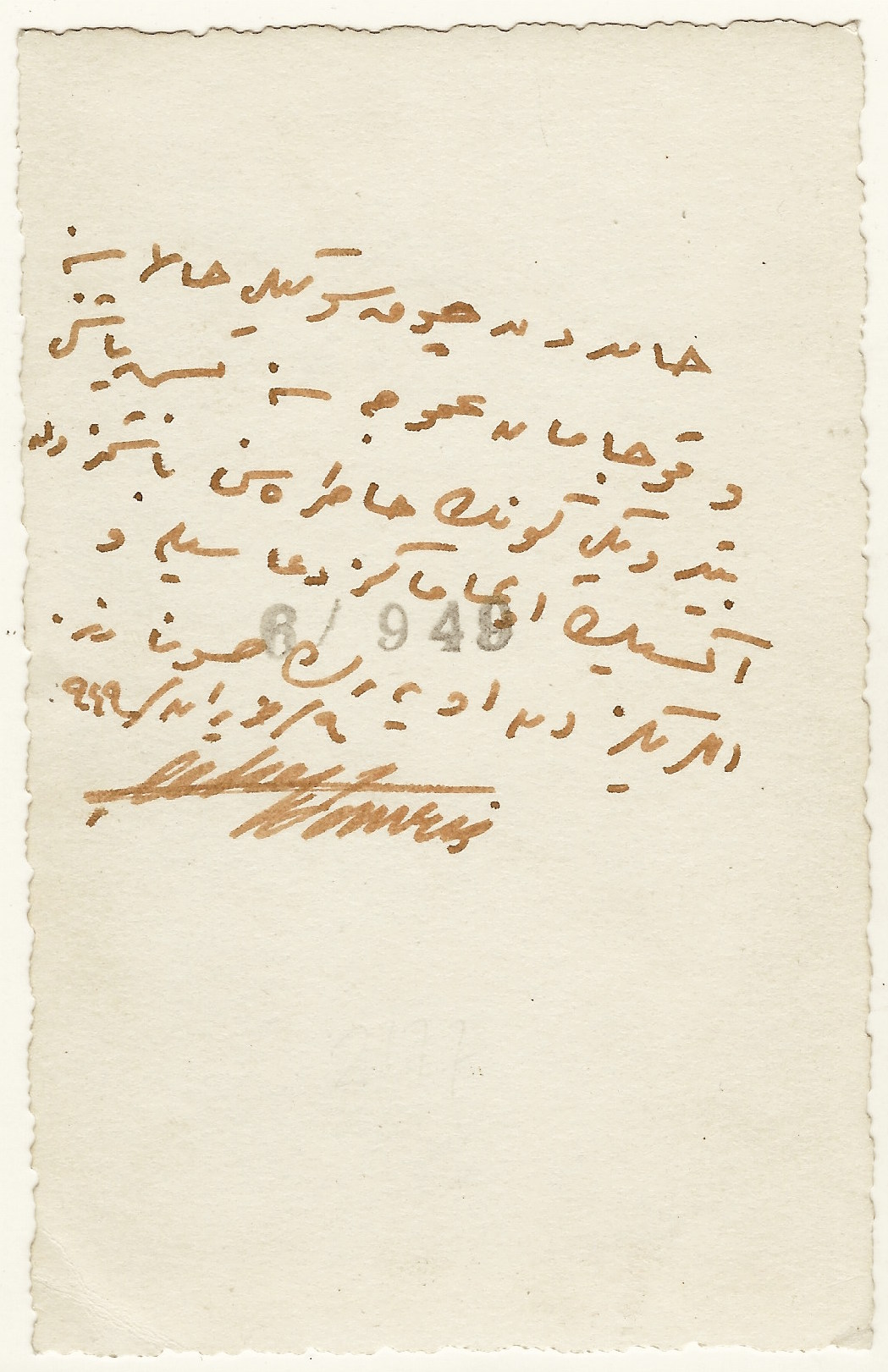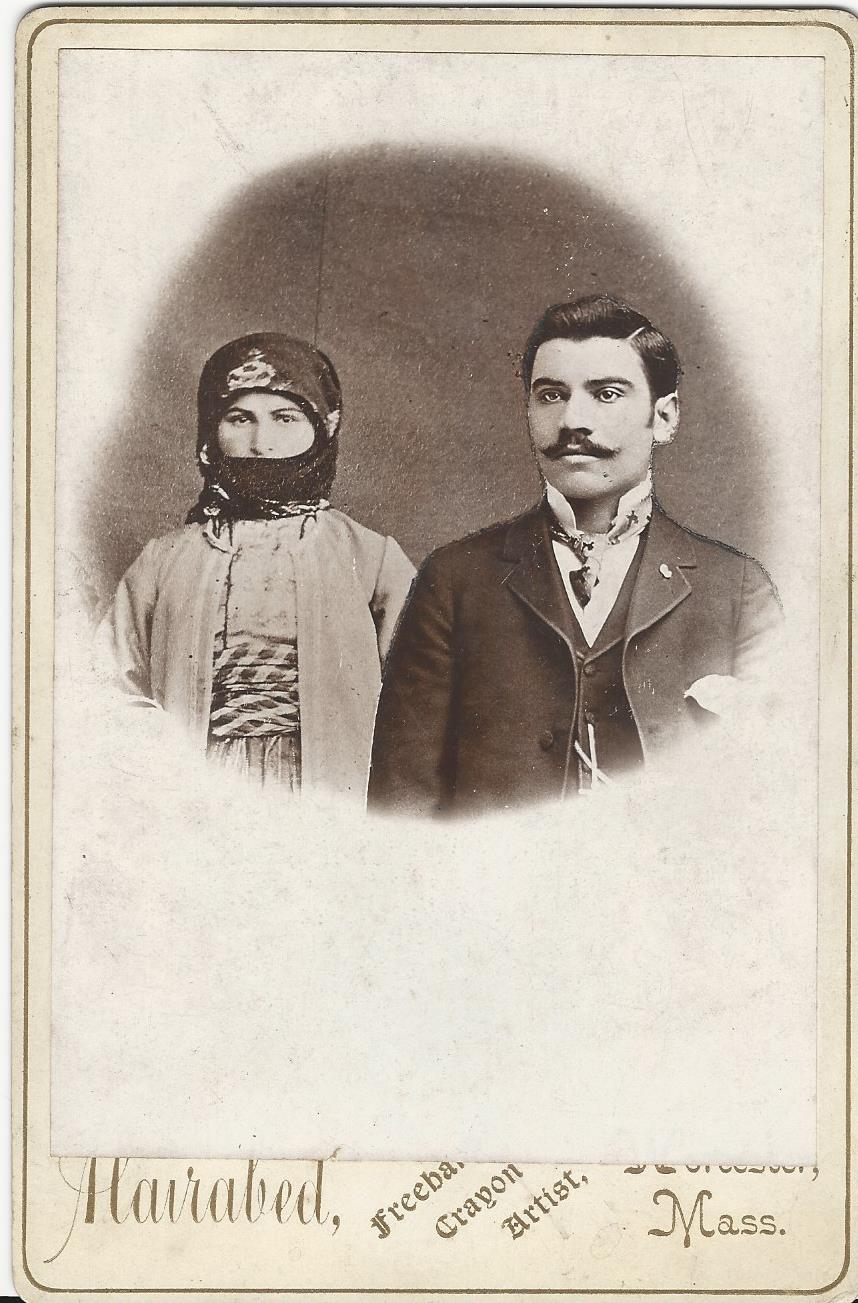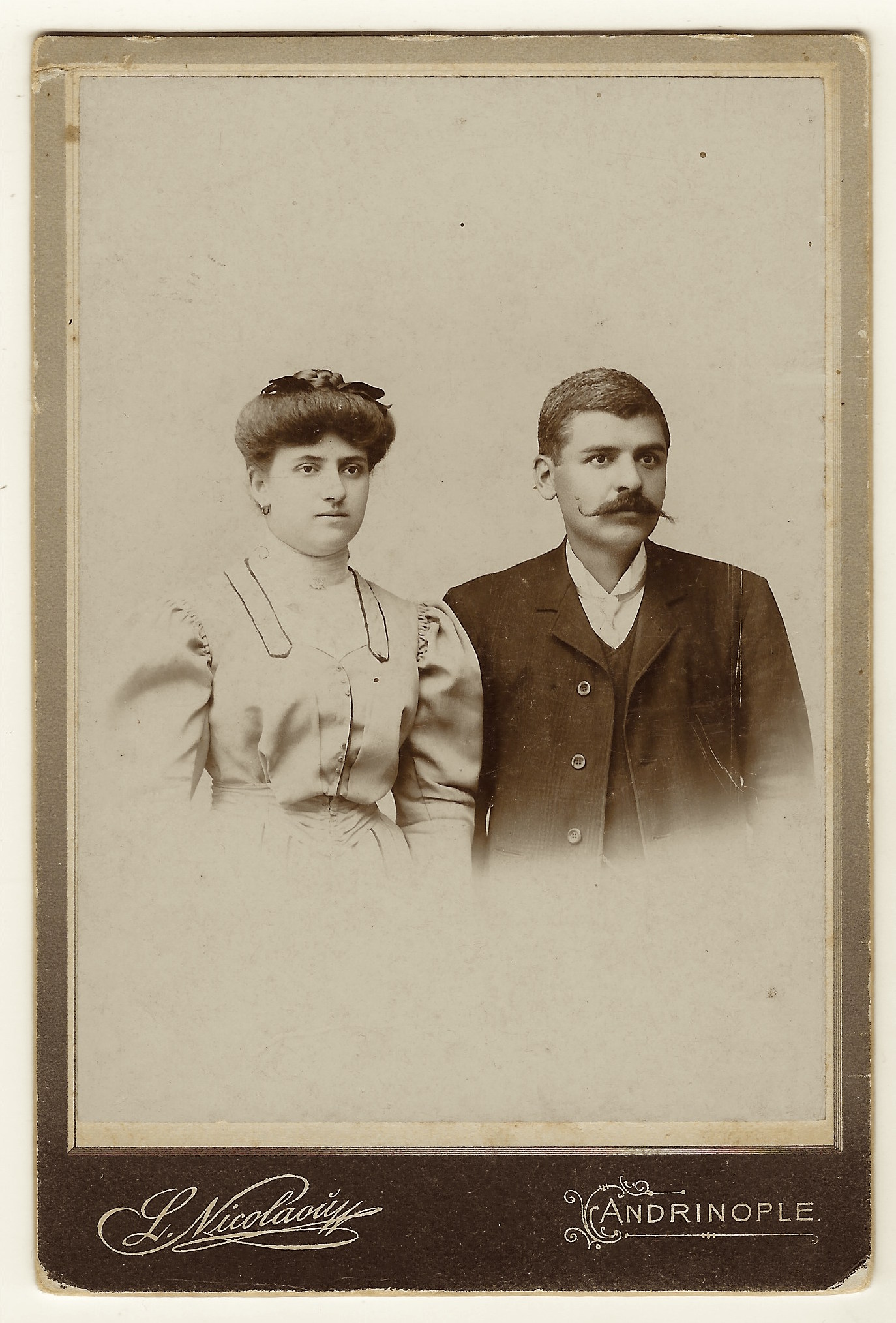
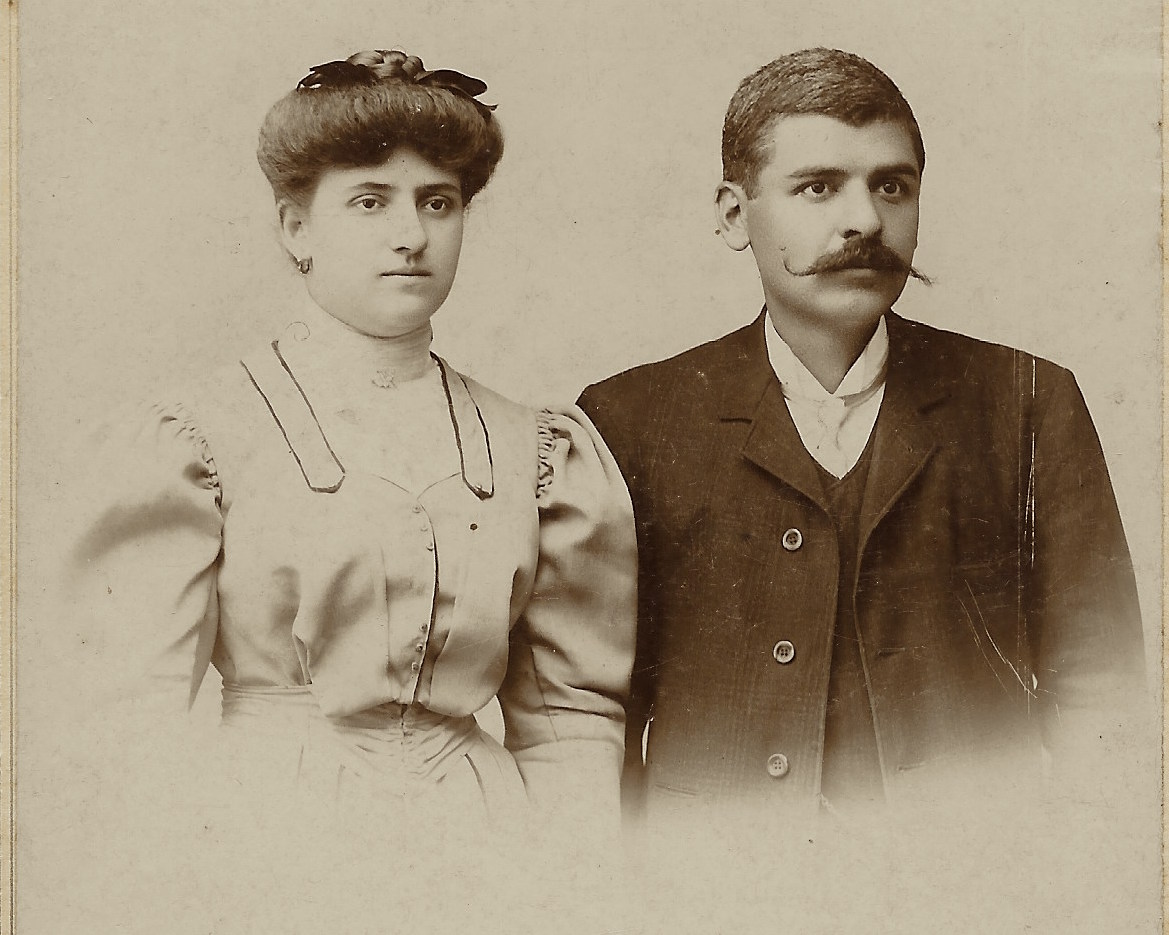
This cabinet card features a lovely couple posing for their portrait at a studio in Andrinople, Turkey. The pair are attractive and well dressed. The gentleman has a handlebar mustache. Is this couple of Armenian origin? It would be so interesting to know more about this couple, but that is an impossibility. The name of the photographer who photographed this image is L. Nicolaou. Preliminary research revealed that the name “Nicolaou” is a surname that can be found in multiple cultures and languages (including Portuguese and Romanian). In addition, the name is also found in Cyprus. This information indicates that the photographer was probably from Bulgaria, Greece or Cyprus; but operating his studio in Turkey. The city of Andrinople is also known by other names, including Edirne (Greek). The city is located in northwestern Turkey, and close to Turkey’s borders with Greece and Bulgaria. Edirne was once the capital city of the Ottoman Empire. In 1928, Edirne replaced Adrianople as the name of the city. Edirne has been the site of numerous battles through history. Some consider Edirne to be the most frequently contested location in the world. A battle that occurred near the time that this photograph was taken is “The Siege of Adrianople” (1912-1913) which was a battle fought during the First Balkan War. An article in Wikipedia states that in 1905, the city had 80,000 inhabitants comprised of 30,000 Turks, 22,000 Greeks, 12,000 Jews, 10,000 Bulgarians, 4,000 Armenians, and 2,000 people of unknown origin. (SOLD)




